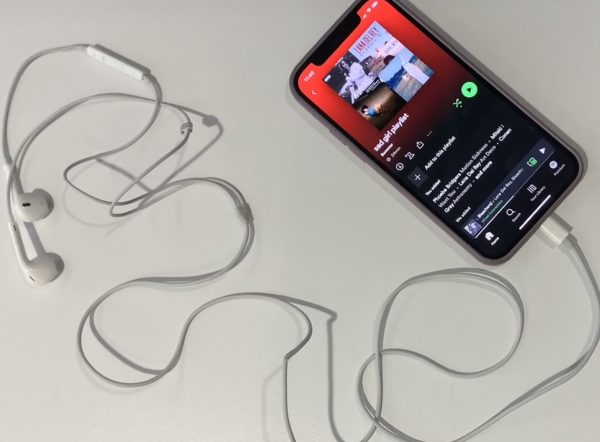Akash’s COVID Corner: When Can We Stop Wearing Masks?
Since the beginning of the pandemic, many people have been wondering when we will be able to stop wearing masks. Initially, many people thought that we would be maskless by 2021. Obviously, that hasn’t worked out as planned, and now new estimates are being made, ranging from a couple of months to over a year. However, before we make predictions, it’s important to understand what has to happen before masks are no longer advised. The three numbers to watch are the number of hospitalizations, deaths and new cases. Once we hit certain milestones on all three of those, we can consider easing mask regulations. What those milestones should be, however, is highly debated.
The most important number to track is probably hospitalizations, or more specifically, how many beds are available. The nightmare scenario is that we have more sick people than available beds and patients in need who cannot receive medical care. We want to avoid this at all costs, so we have to make sure that we have enough beds. We also want those who are on the less sick side or have other, more minor, issues to be able to occupy hospital beds. On a typical non-COVID-19 day, about 35 percent of hospital beds are vacant. This is a good number to shoot for, however, it is also important to realize there will be a spike in hospitalizations if people stop wearing masks. If we are able to get the most at-risk people vaccinated, which we are currently doing, this spike should be quite small. However, vacancies in hospitals are not the only factor— there are other numbers to keep an eye on.
COVID deaths and cases are important to keep an eye on for multiple reasons. One of the most important reasons is to watch for a new strain. If we see a big spike in deaths and/or cases at a random time, that is a good indication of a new strain spreading. This is part of what led doctors to find the new strain that has been circulating mostly in the UK and is now in parts of the US. If a new deadlier or more contagious strain arises, it could lead health experts to call for more strict guidelines and could definitely set back the process of reopening the country. It also relates back to hospital beds; if a new strain becomes dominant and leads to more frequent and severe cases, hospitals need to have space for a large number of new patients. There is no guarantee that this new strain will become dominant, however, the UK strain appears to be about twice as contagious, and typically, more contagious strains will become dominant over time. Luckily, it seems like the vaccine still works against these new strains, which makes them much more manageable.
There are many factors to consider when addressing masks. The rate at which we can get people vaccinated will play a big role as well as the emergence of new strains. Mask mandates could start lifting in as little as two months or as many as six months depending on these numbers. The most important thing that we can do is continue to wear masks and continue to social distance. Beyond that, it is the burden of state governors to distribute vaccines effectively and ease restrictions at the correct times. Still, the most important thing to keep track of is hospital beds and any factors that may contribute to a spike in hospitalizations.

Akash Woods decided to join the Owl to learn what it’s like to be a journalist. He wanted to learn how to write an engaging story with a headline that pulled people in. He also wanted to improve his research skills as well as his interview skills. Akash enjoys many sports, including basketball, tennis, and biking. You can often find him engaging in one of these activities, usually with friends. He is not a very big fan of winter sports, however, due to an unfortunate history with both skiing and sledding. This means during the winter you are more likely to find him inside, with a mug of hot chocolate and his favorite food: purple grapes.





